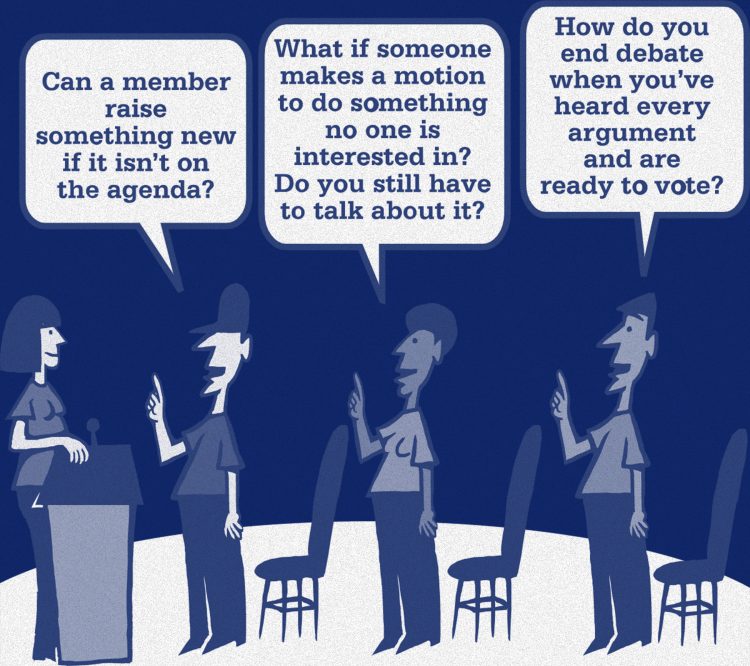Union Structure and Function
By Colette Perold and Eric Dirnbach
In the U.S., the basic group in a union is typically called the bargaining unit, which includes the workers in a workplace who are covered by a particular contract. Then there is the local, which usually includes all the bargaining units in a certain area. For large bargaining units, that group of workers may constitute its own local. The locals will have regular membership meetings, and most of the workers’ participation in the union will be with the local. Union locals are usually members of local central labor councils in cities or state regions, and state labor federations.
The members pay union dues to the local, while private sector workers who choose not to join the union pay an “agency fee” in states without so-called ”right to work” laws. Private sector workers who are non-members pay nothing in “right to work” states, as do non-members in the public sector in any state.
In the U.S., the basic group in a union is typically called the bargaining unit, which includes the workers in a workplace who are covered by a particular contract.
“Right to work” laws are state level anti-union rules, enabled by the Taft-Hartley Act, that allow workers covered by a union contract to be non-members and pay nothing to the union. Since the 2018 “Janus” Supreme Court case, this applies to all non-members in the public sector anywhere.
At the next level up, those locals are often grouped together into district or regional councils, sometimes at the state or multi-state level. The next level is often called the national or international union. It’s called international if the union has members in the U.S. and Canada, which includes many major unions in North America.
The unions’ basic job typically falls into several areas that can be thought of as “representational” and “associational,” with different unions prioritizing each category differently.
Nearly all major unions are members of the AFL-CIO union federation, and a few are independent. The AFL-CIO and many unions are also members of global union federations, typically based in Europe. A portion of the members’ dues is paid by the local to the next level up in the structure, which will pass on some to the next level, and so on.
The unions’ basic job typically falls into several areas that can be thought of as “representational” and “associational,” with different unions prioritizing each category differently.
- Representational: The union will represent the members for collective bargaining and handling of issues in the workplaces, where the union has the certification as exclusive worker representative. The union also represents the members in political and lobbying activities, or any campaigns where the union is an active member and participant.
- Associational: The union will organize new workers by assisting them in running campaigns to gain union recognition or build power and win improvements at the workplace.
A union with active members will be more democratic and have better outcomes in organizing, bargaining, and all other activities.
All unions need to perform representation functions, but a focus primarily on these activities done largely by staff is often called “service model” unionism. There is a danger in this approach, since it may lead members to view the union as a provider of representational services in exchange for members’ dues—the toxic “third party” idea.
The more progressive model is sometimes called the “organizing model,” where members are heavily involved in every aspect of union activity. So even the representational activities shouldn’t just be union staff doing all the work, such as bargaining or grievance handling. Ideally, members themselves would be involved, with assistance and coordination by staff. A union with active members will be more democratic and have better outcomes in organizing, bargaining, and all other activities.


